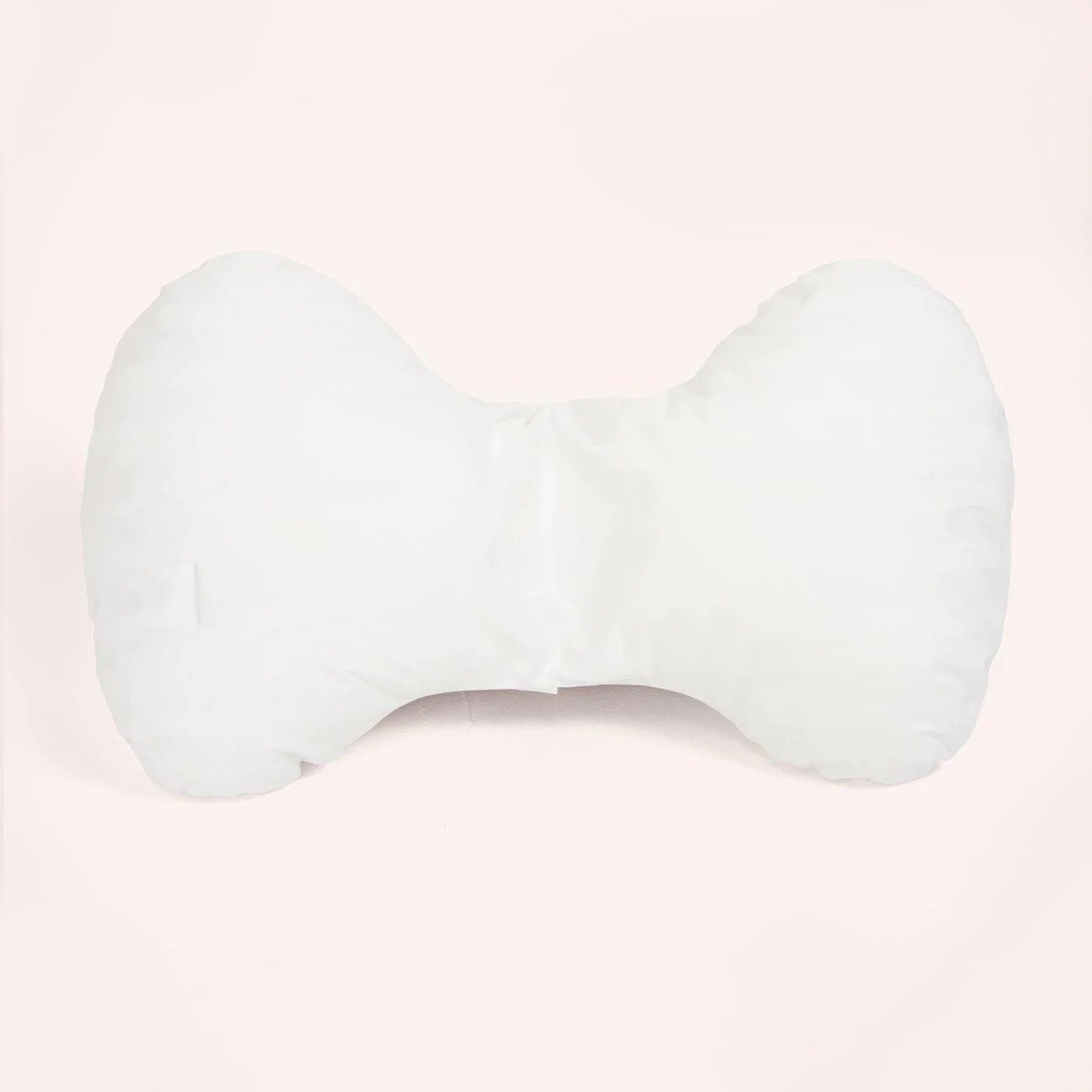When your baby is first born and they’ve been checked over by the midwife or your obstetrician, they’ll usually then be placed on your chest for ‘skin-to-skin’. If you don’t feel an initial ‘bond’ or ‘bubble of love’ encapsulate you in these moments, you are not alone. Some parents do not feel an initial connection with their baby, and this is perfectly okay as there is no right or wrong way to feel. During this first feed (if they do latch), take a deep breath and take in your baby’s intuition.
Over the next few days if your milk comes in and supply increases, it’s common that breastfeeding may feel less natural and a little more mechanical. Here are some things to know about;
Cluster feeds
Cluster feeding occurs when your baby will suddenly demand a continuous string (i.e. ‘a cluster’) of back-to-back feeds without much of a break in-between. Usually cluster feeding sets in within the first week or so of the birth, with demand ramping up in the afternoon and overnight. It can be a very tiring phase for mothers but it won’t last forever. Keep hydrated, nourished with comforting foods and try to rest when possible.
Colostrum production
Colostrum is the first form of breastmilk produced by the mother and in many cases it’s produced before the baby is born. Colostrum is golden yellow in colour (hence the common term ‘liquid gold’) and is rich in vitamins and contains high levels of antibodies that help babies build their immunity and fight off potential infections.
Some parents choose to hand express colostrum during the later parts of the third trimester, around week 36 or 37 and collect it for use when the baby is born. This is referred to as Antenatal Expressing, and it's the process of using your hand to massage or knead the breast, using downward motions that follow the milk ducts, to expel liquid into a sanitised collector and then pop into the freezer. Write the date on each collection and then feed your baby this colostrum as a ‘top up’ in their early weeks. Note that not all parents will be able to produce colostrum, and for some high risk pregnancies, it will not be advised at all, so check with your midwife or OB before trying.
During your antenatal appointments or after the birth, your midwife or birthing hospital may supply you with a bunch of syringes. If not, there are readily available options at the memo! Please find linked products below;
- Pre birth for storage - https://thememo.com.au/products/silicone-colostrum-collector-set-6pk
- After birth - https://thememo.com.au/products/antenatal-colostrum-expressing-kit
If you have expressed colostrum, bring it with you to the hospital and use it as a top-up in those early days or weeks. As colostrum is so highly concentrated, full of good fats and protein, a little (even just a few mls) goes a long way.
Transitional milk
After the colostrum and before the mature milk sets in (the main form of breast milk that you’ll produce for the most part of your breastfeeding journey), there is a bridging period of what’s called transitional milk. This usually sets in during the first couple of days after the baby is born and transforms into mature milk after a one or a few weeks. Transitional milk is a whiter/creamier colour compared to colostrum and it contains higher levels of fat, increased lactose and natural sugars to help your baby energy levels.
When the mature milk comes in
Following the transitional milk (usually towards the end of the first week), your boobs could become a lot fuller if your supply dramatically increases and transitions into mature milk. As your supply is largely based on ‘the supply and demand’ model, it’ll take a few days for your boobs to regulate and mirror your baby's specific needs (i.e. how much milk they’ll require in a period of 24 hours). During this time you may experience some engorgement or heaviness.
Timing feeds
In those first few weeks, feeding ‘on demand’ is a typical way to ease into a rhythm while your milk is still coming in. In the space of 24 hours, it’s very normal for your baby to feed between 7 to 12 times, pending variables such as your supply and your baby's size. It usually takes up to 8 weeks for your breasts to regulate their supply to mirror your baby's individual needs. Again, in those early weeks, pending variables as every mother and baby is different, Joelleen Winduss Paye, IBCLC Lactation Consultant, suggests that a ‘fair rule of thumb’ is to breastfeed for around 1 hour. This is based on an ‘average’ sized baby weighing around 3.3kg. During each feed remember to offer both breasts, burp the baby (after each side) and check if they need a nappy change.
Posture
Posture is paramount while breastfeeding as if you slouch or sit awkwardly, your back will feel it. A breastfeeding pillow can make a big difference, helping you evenly distribute weight and guide you into a comfortable feeding position. Find relief with these aids:













